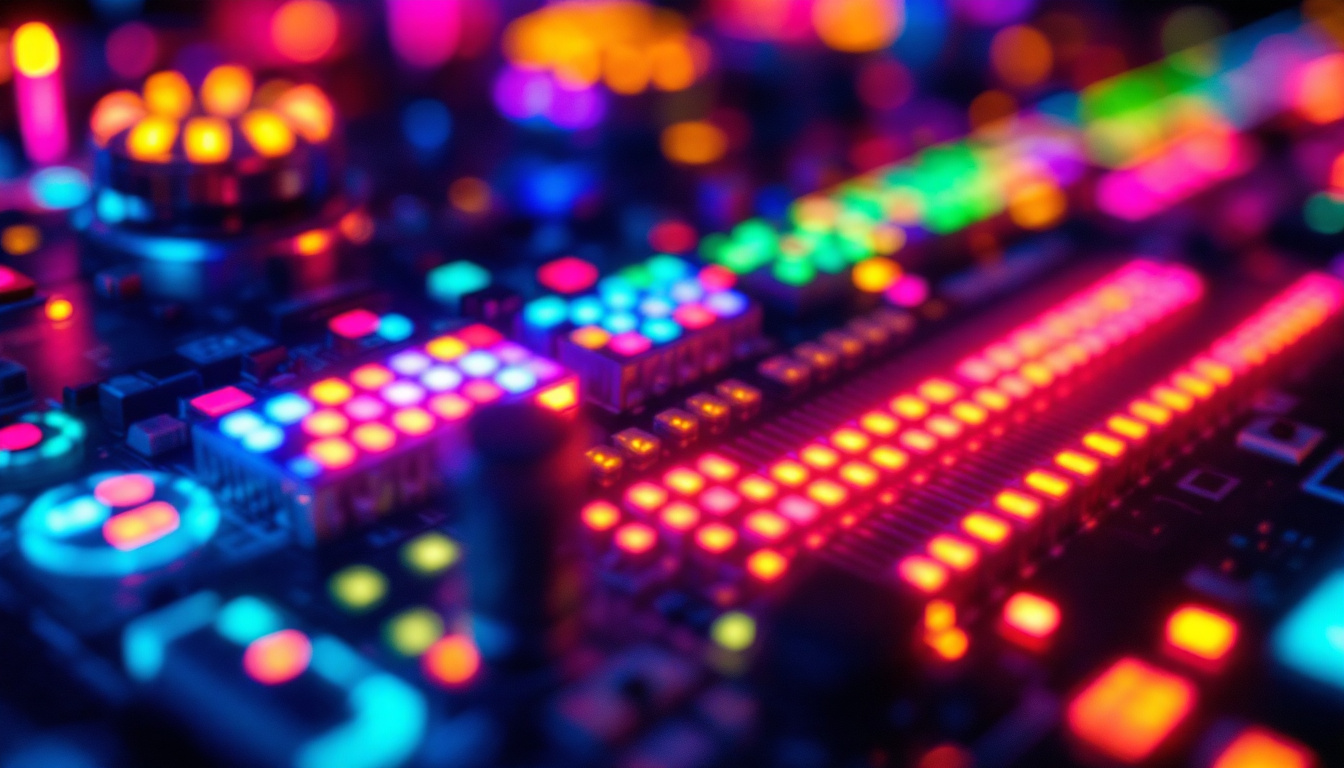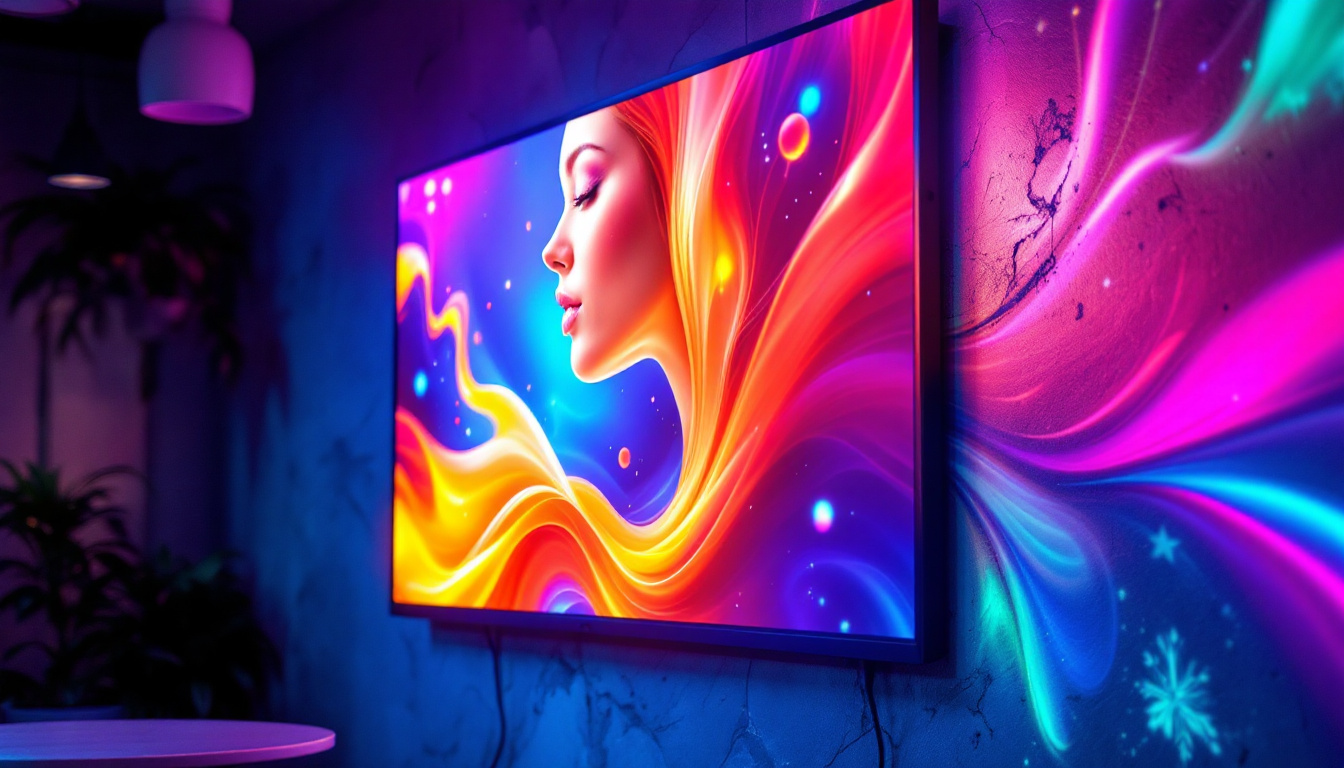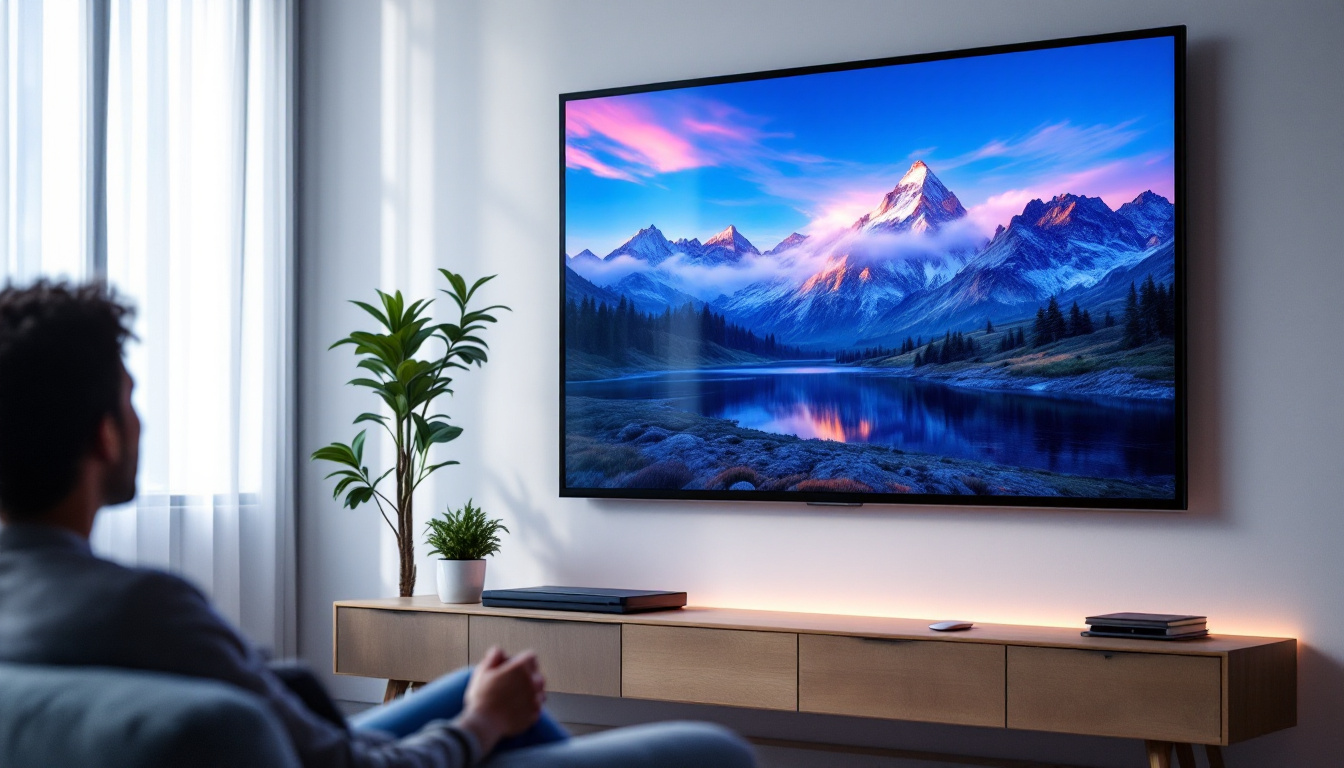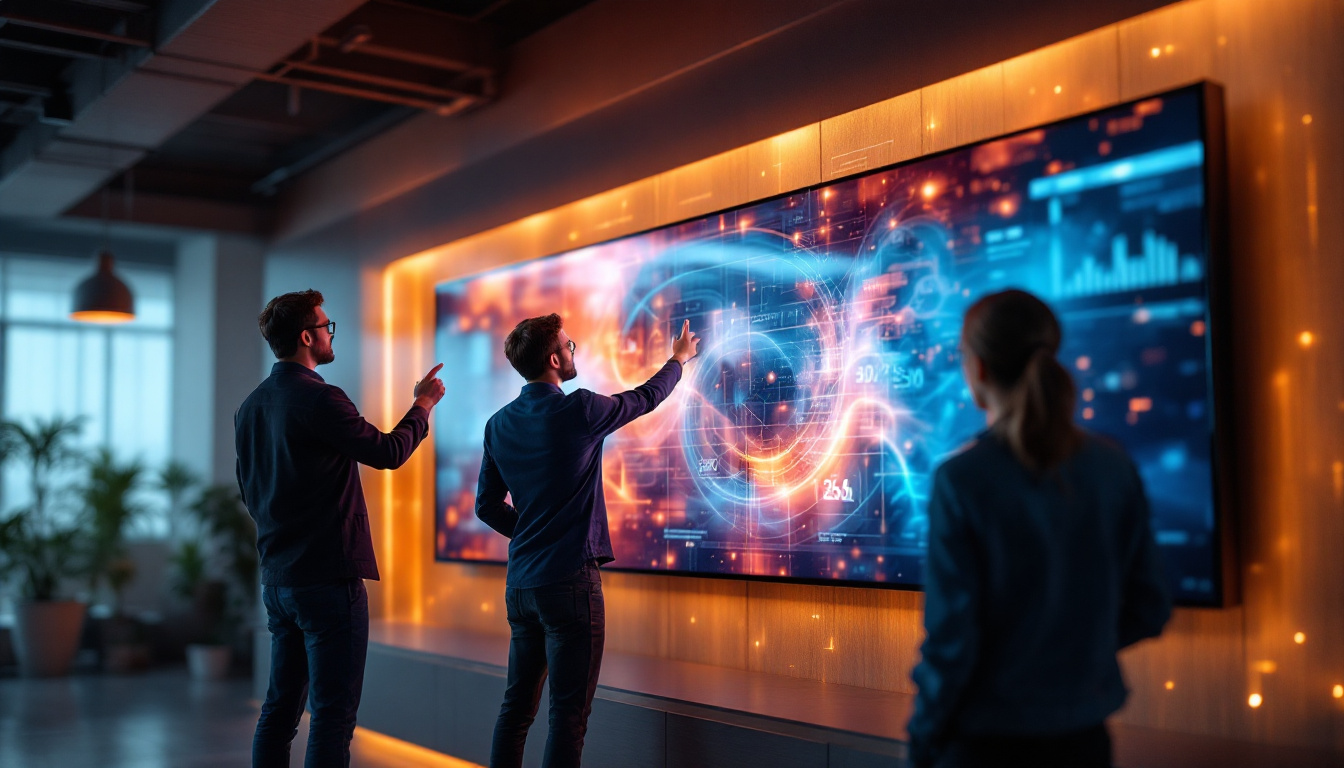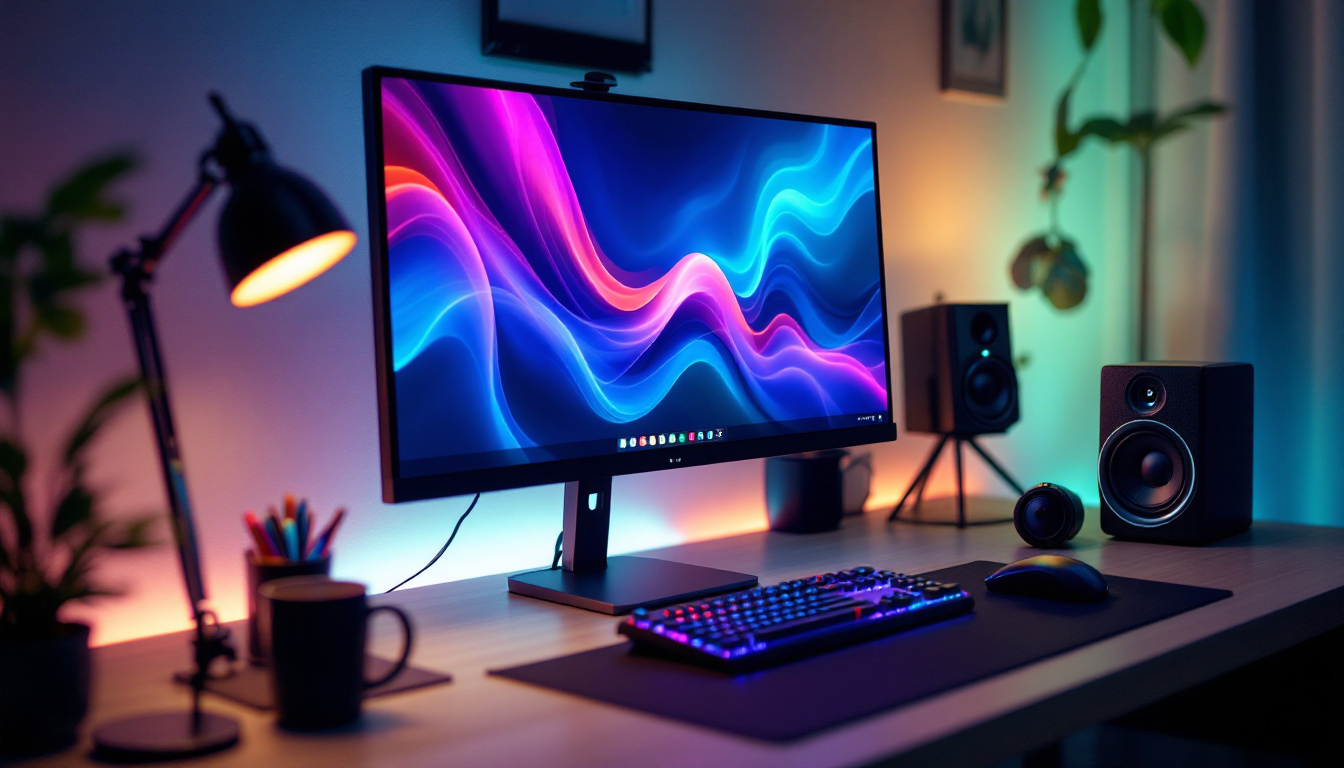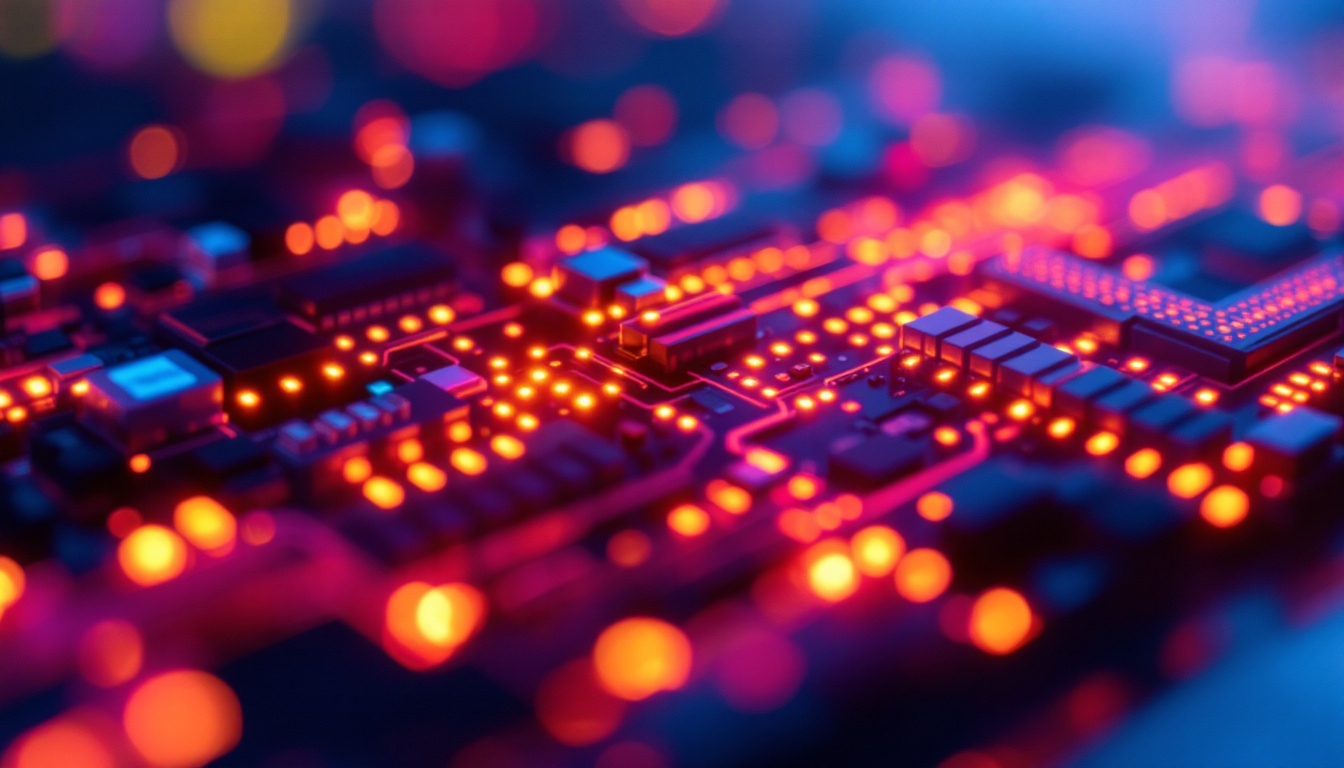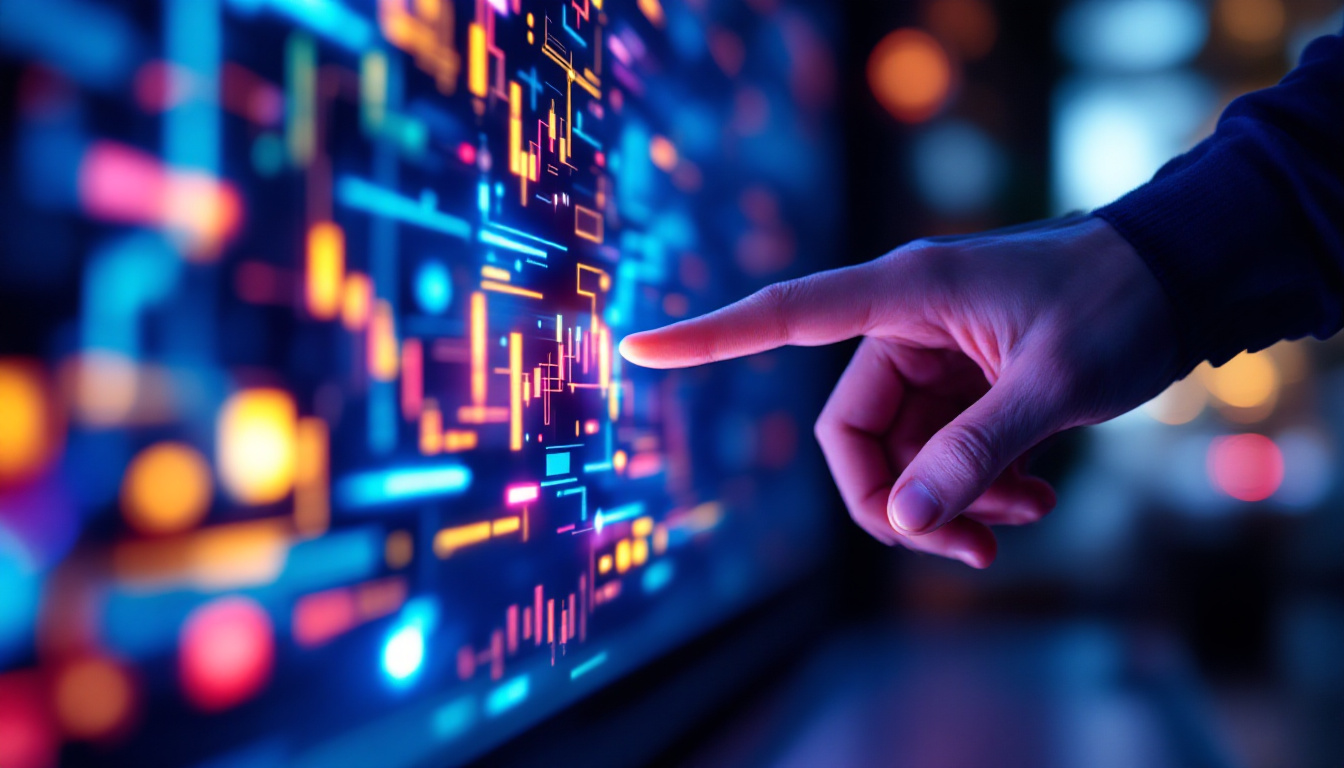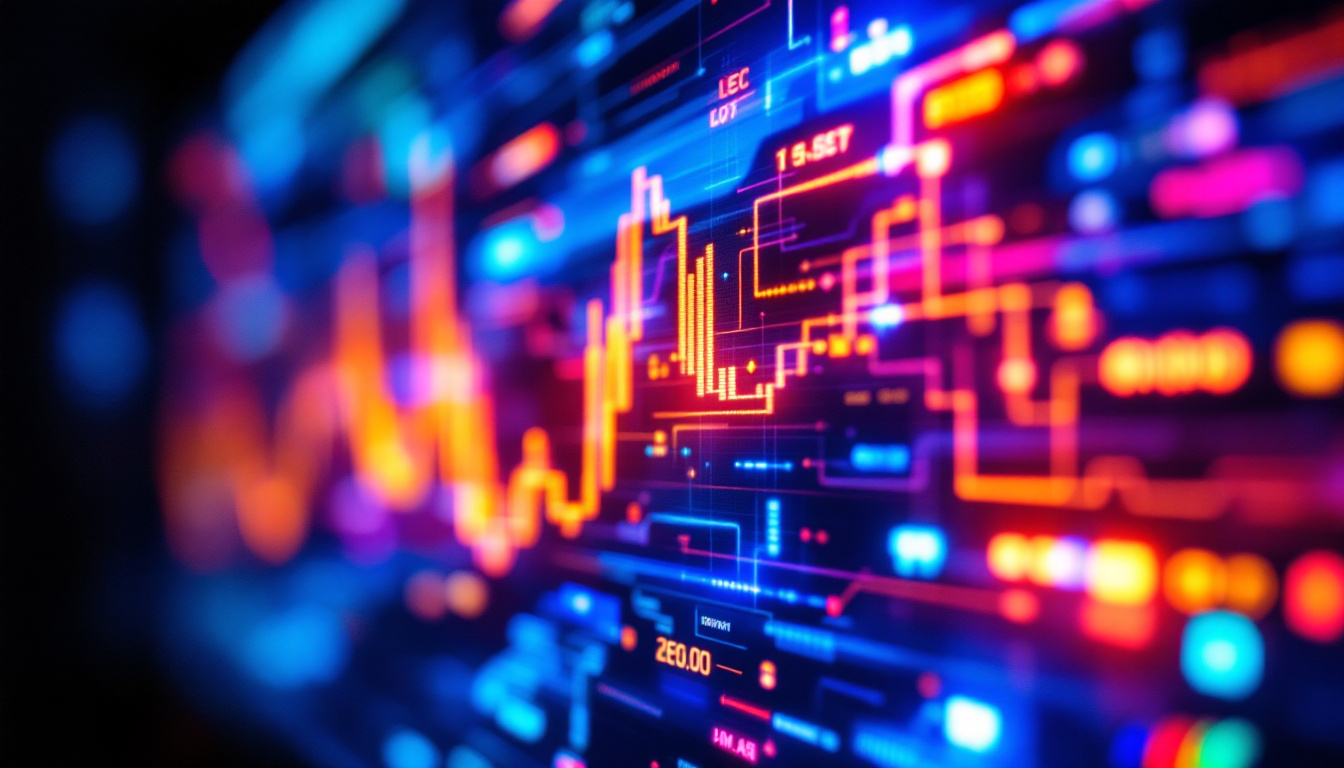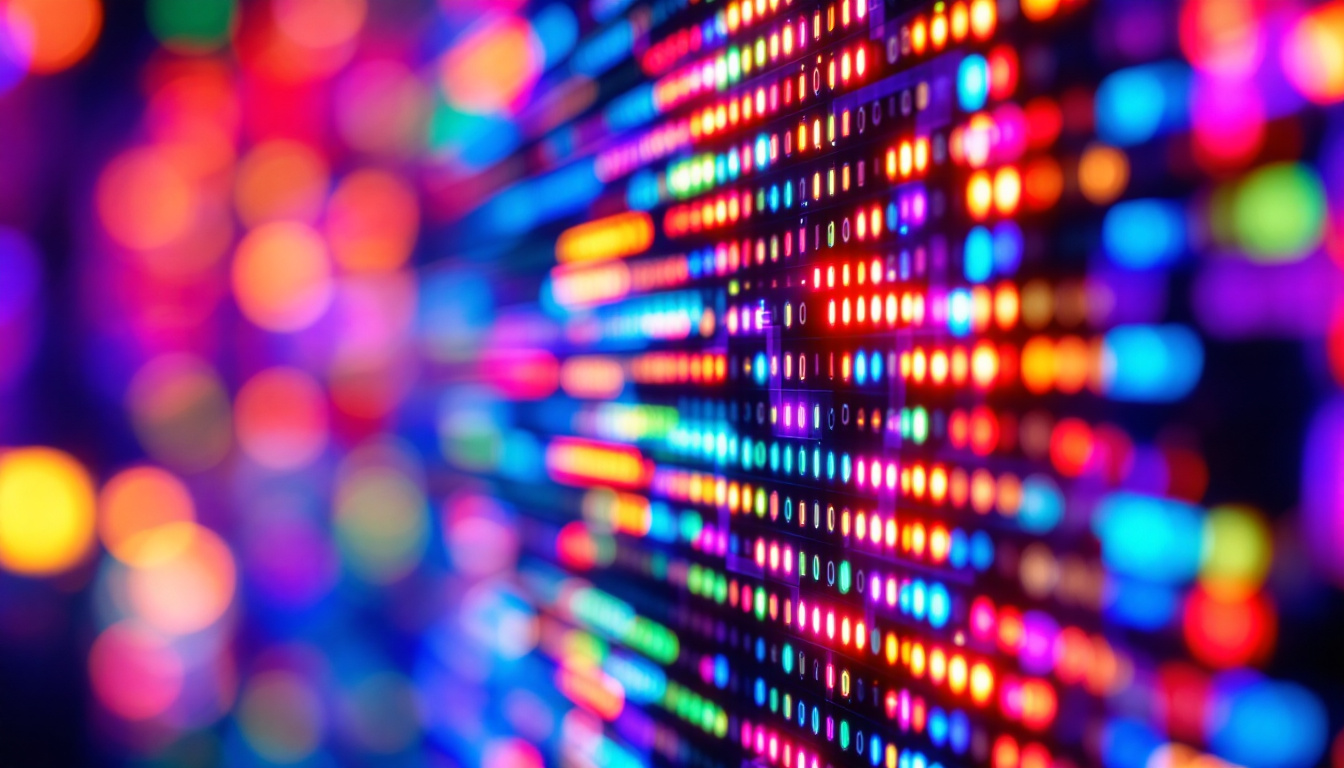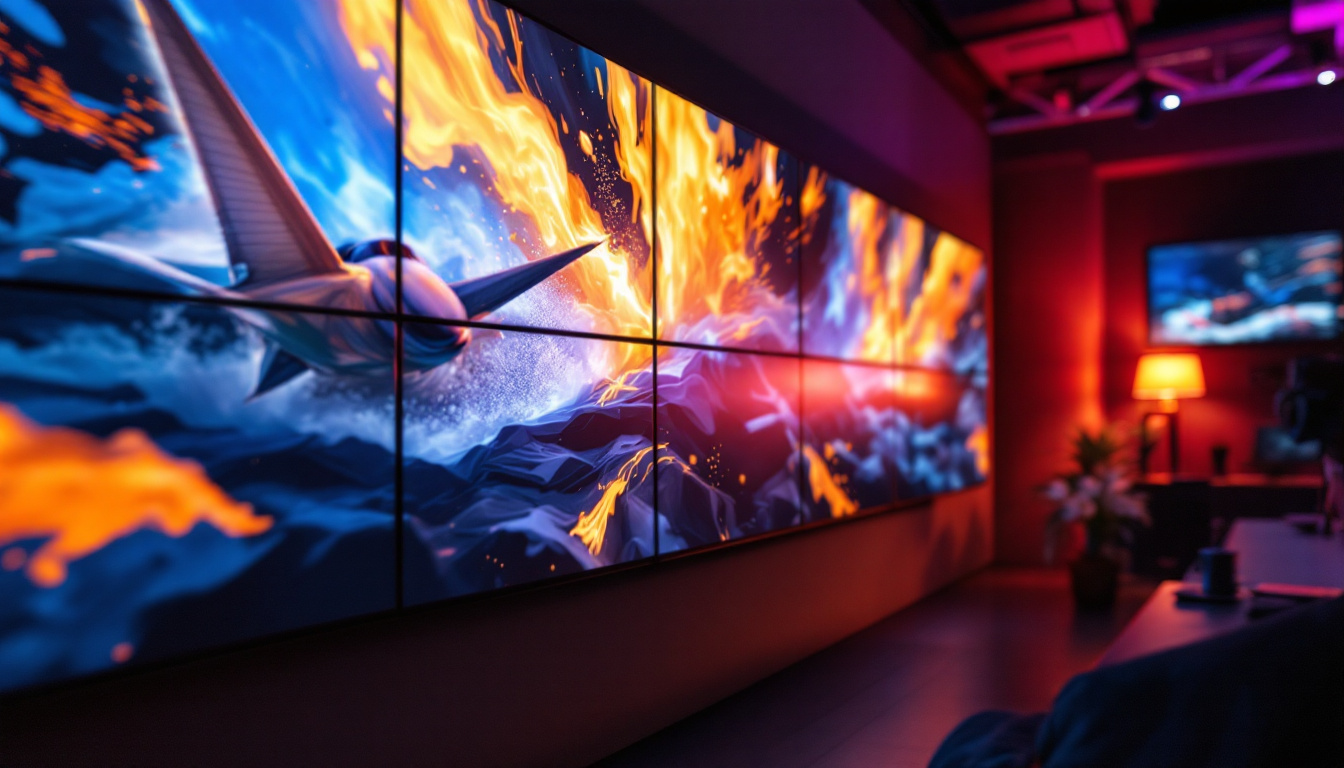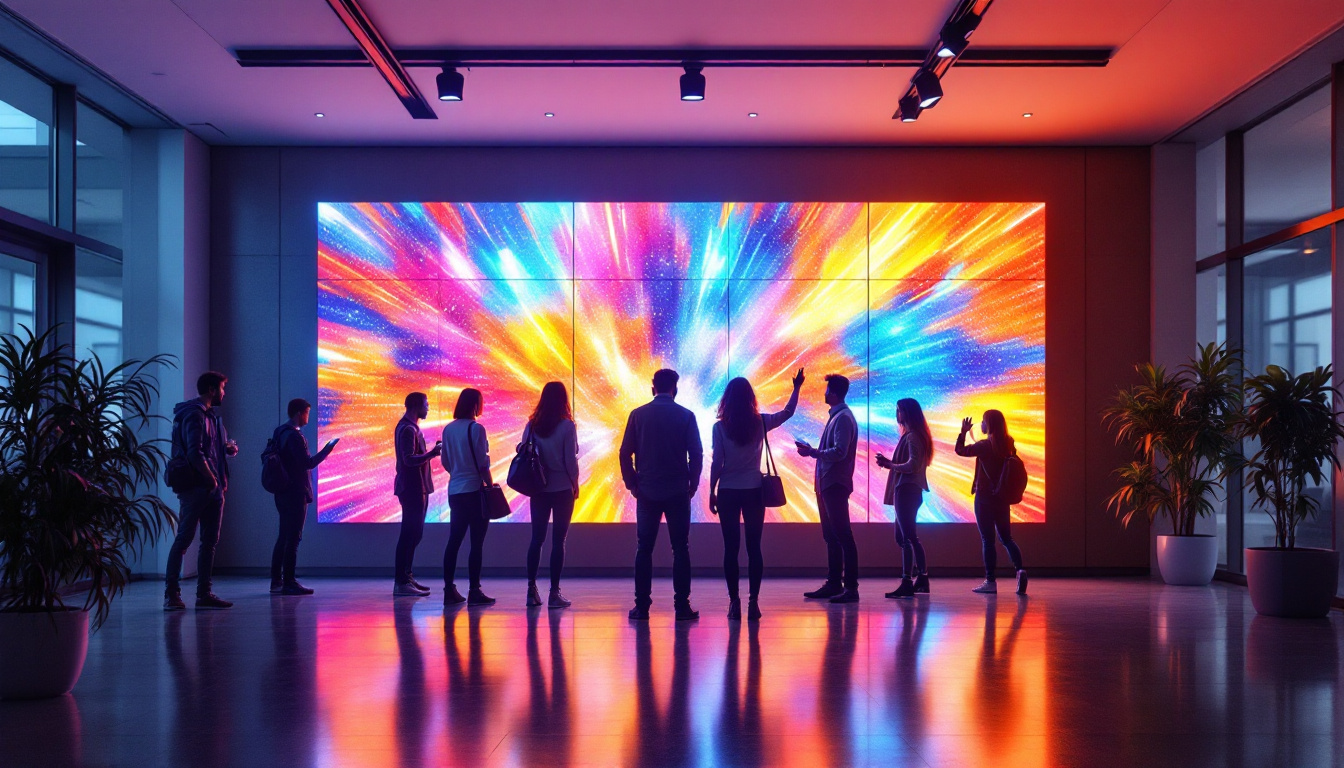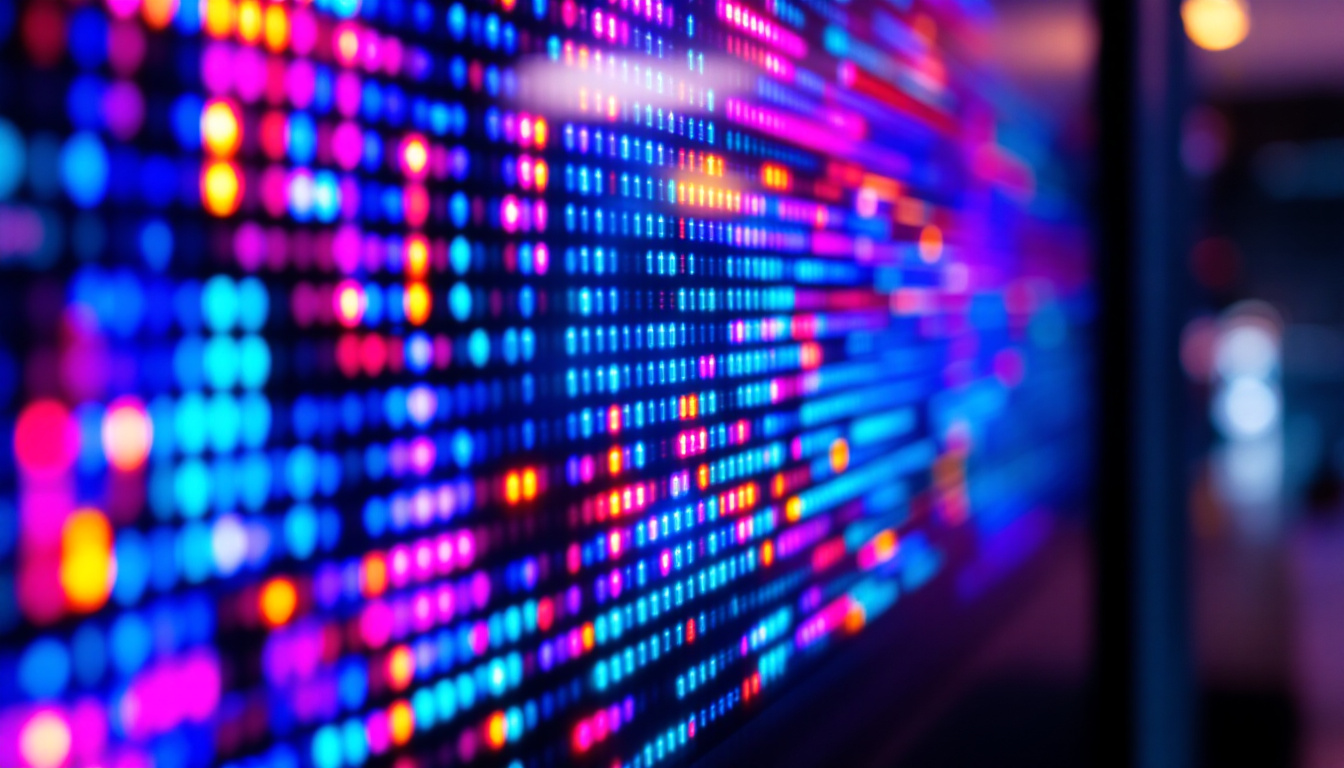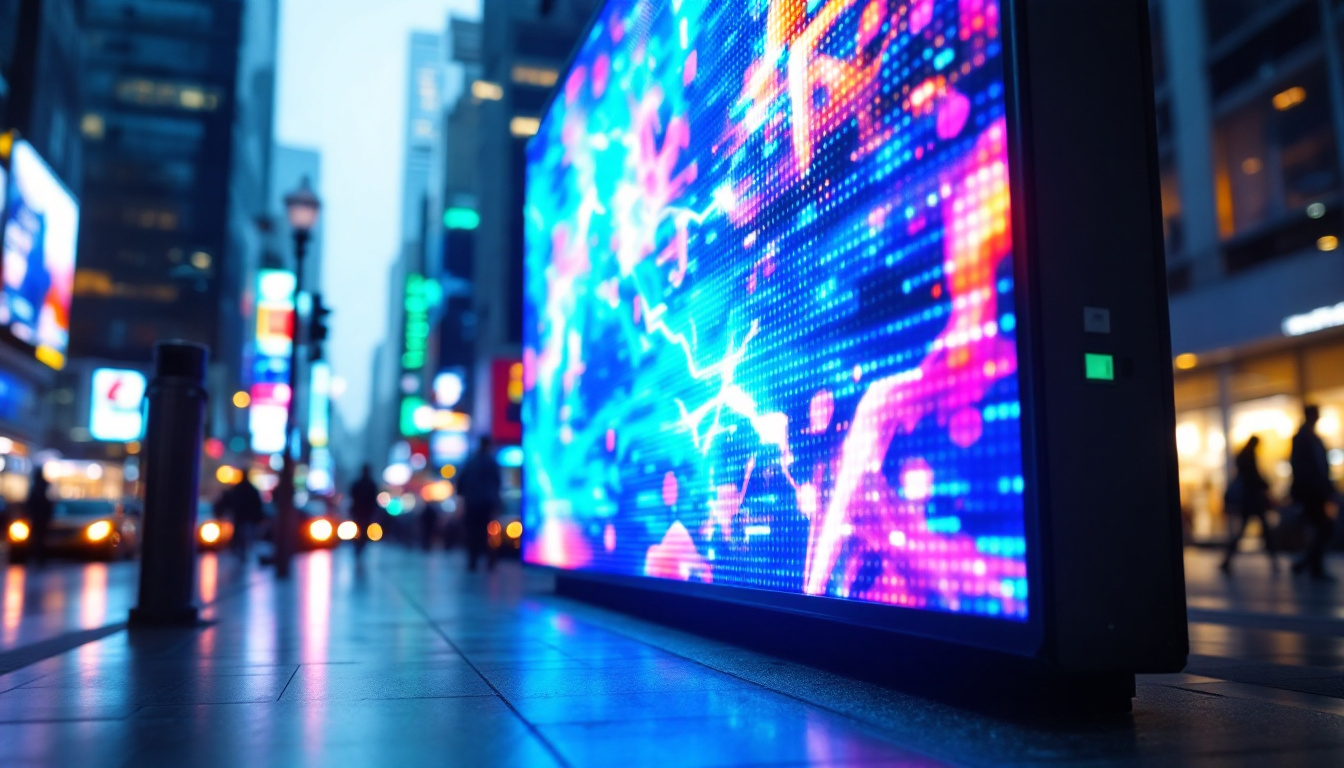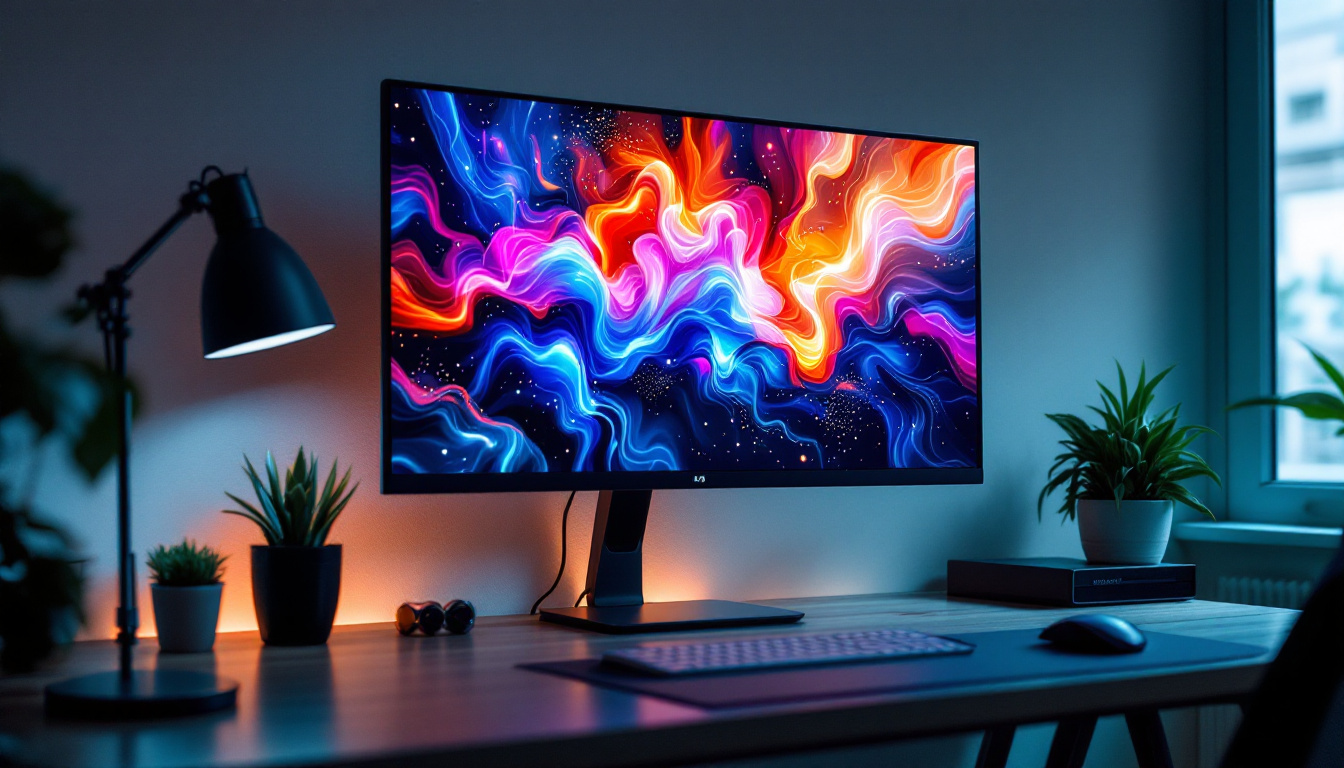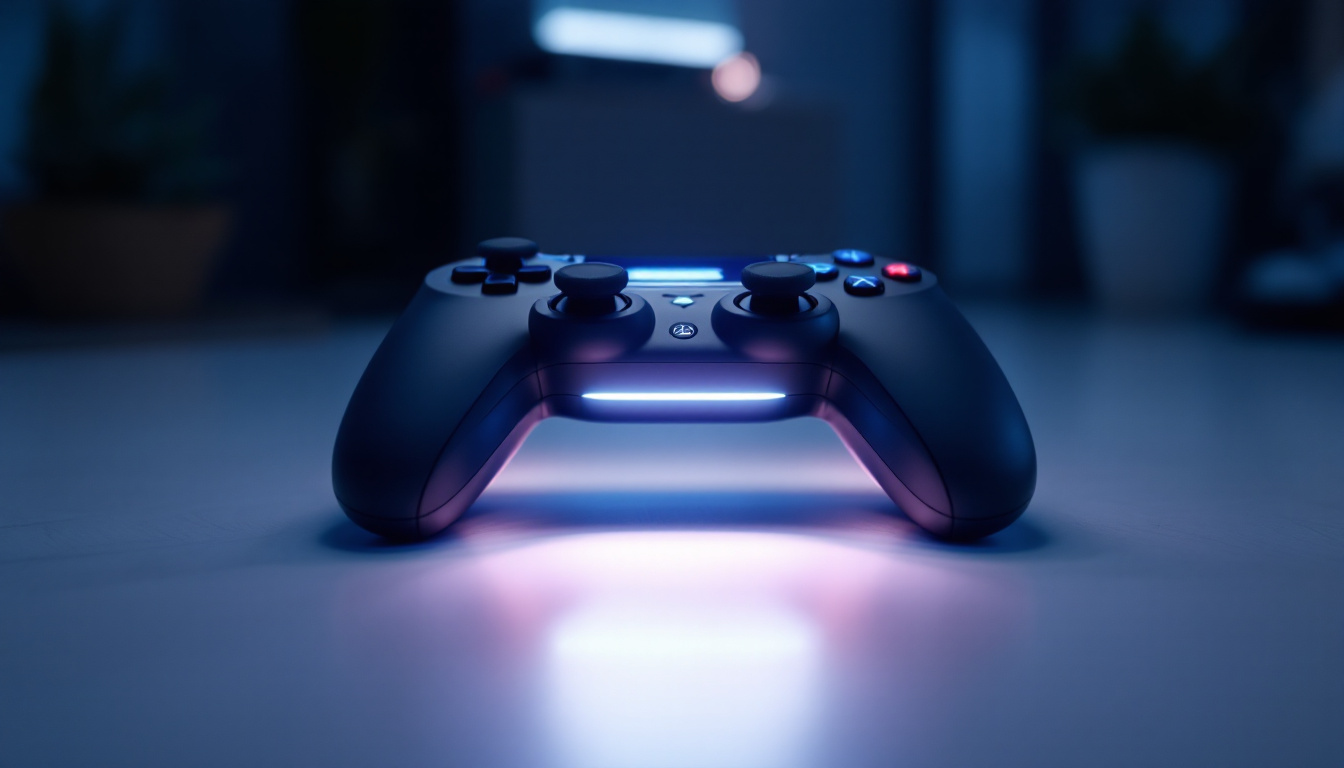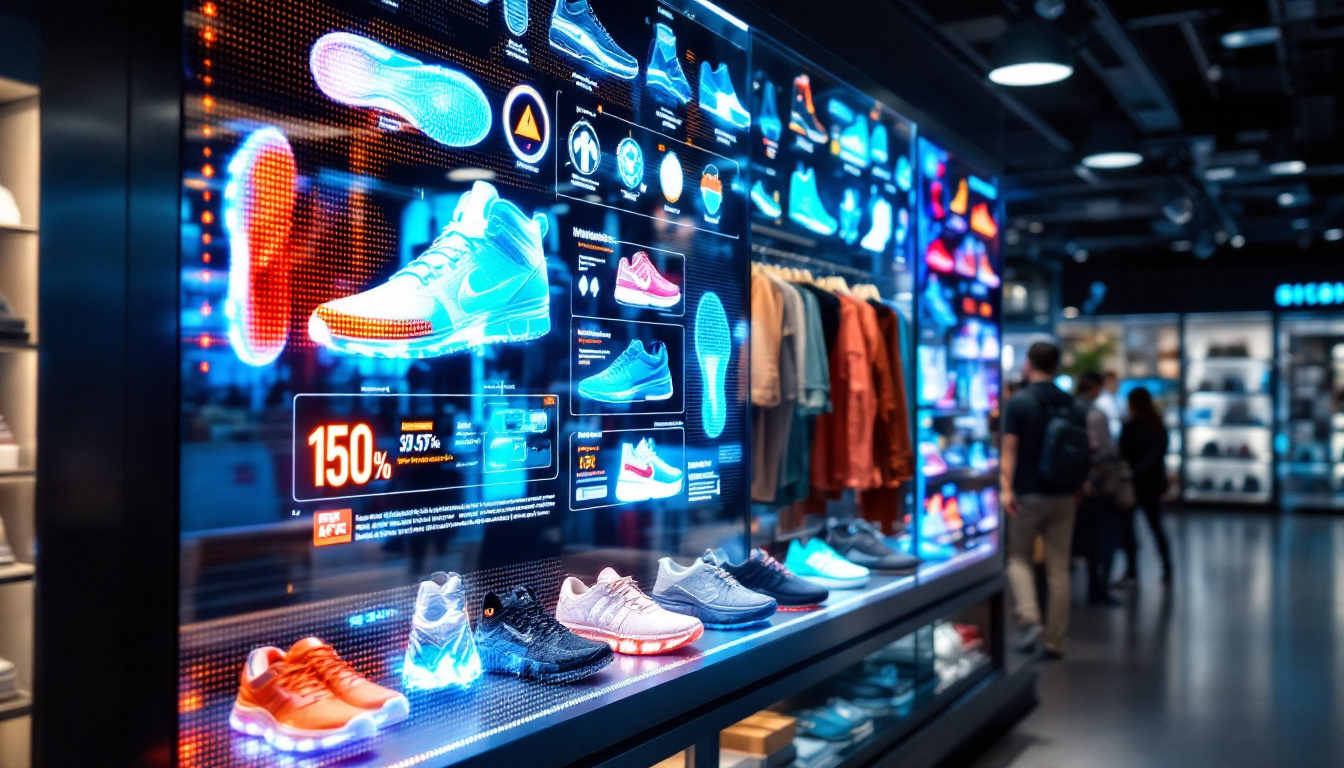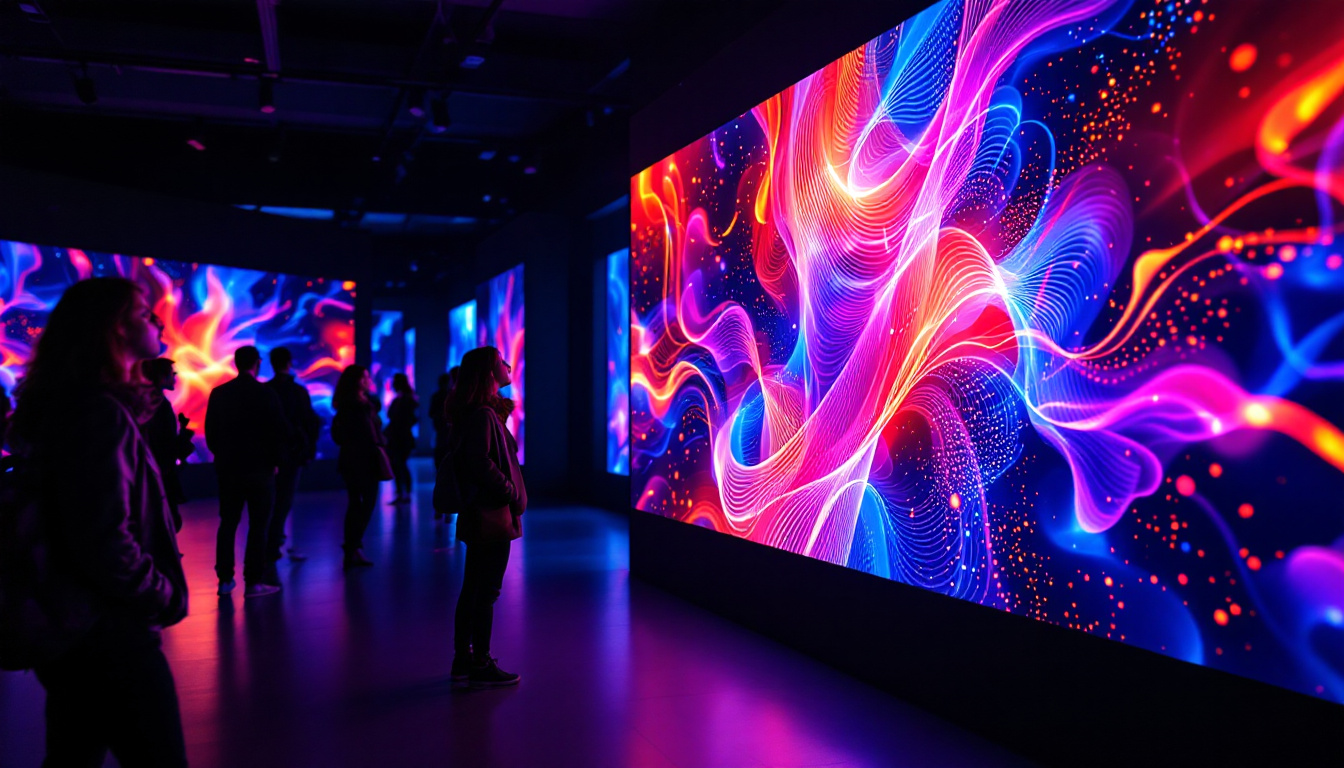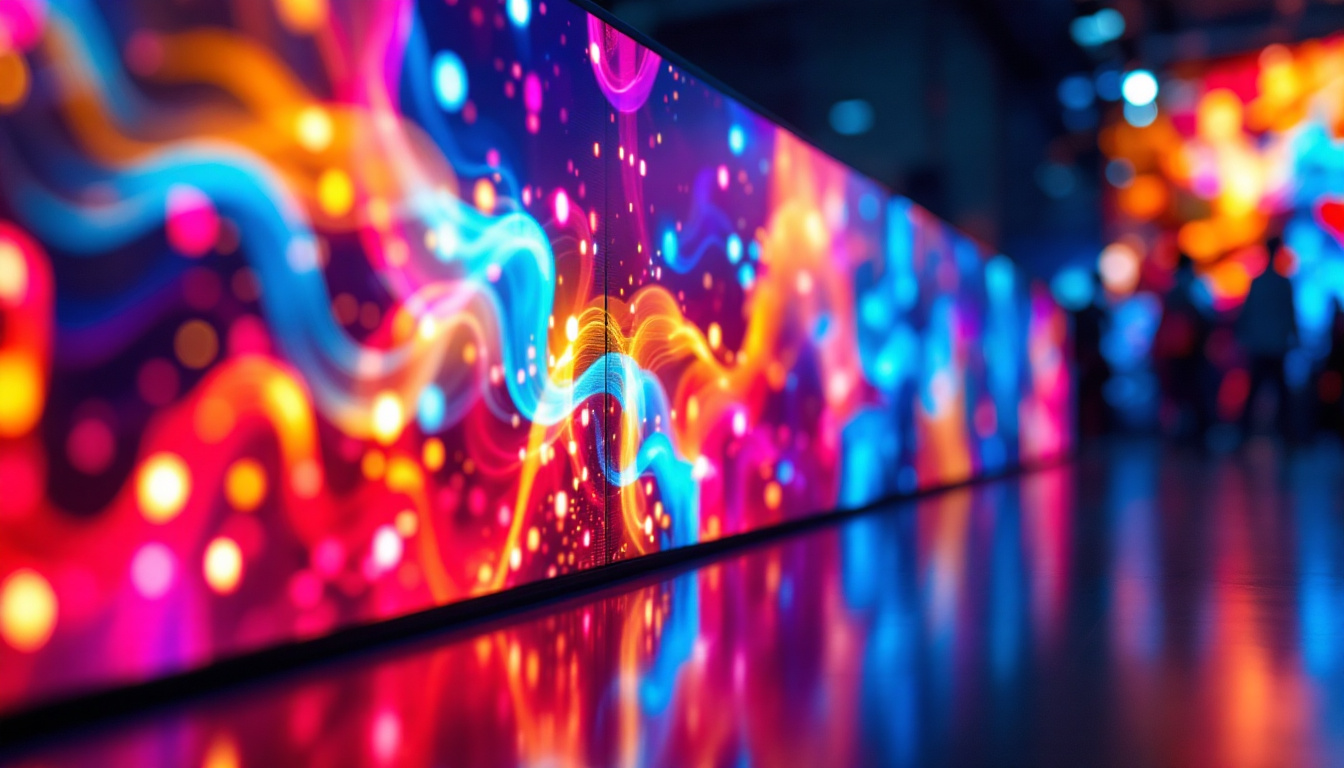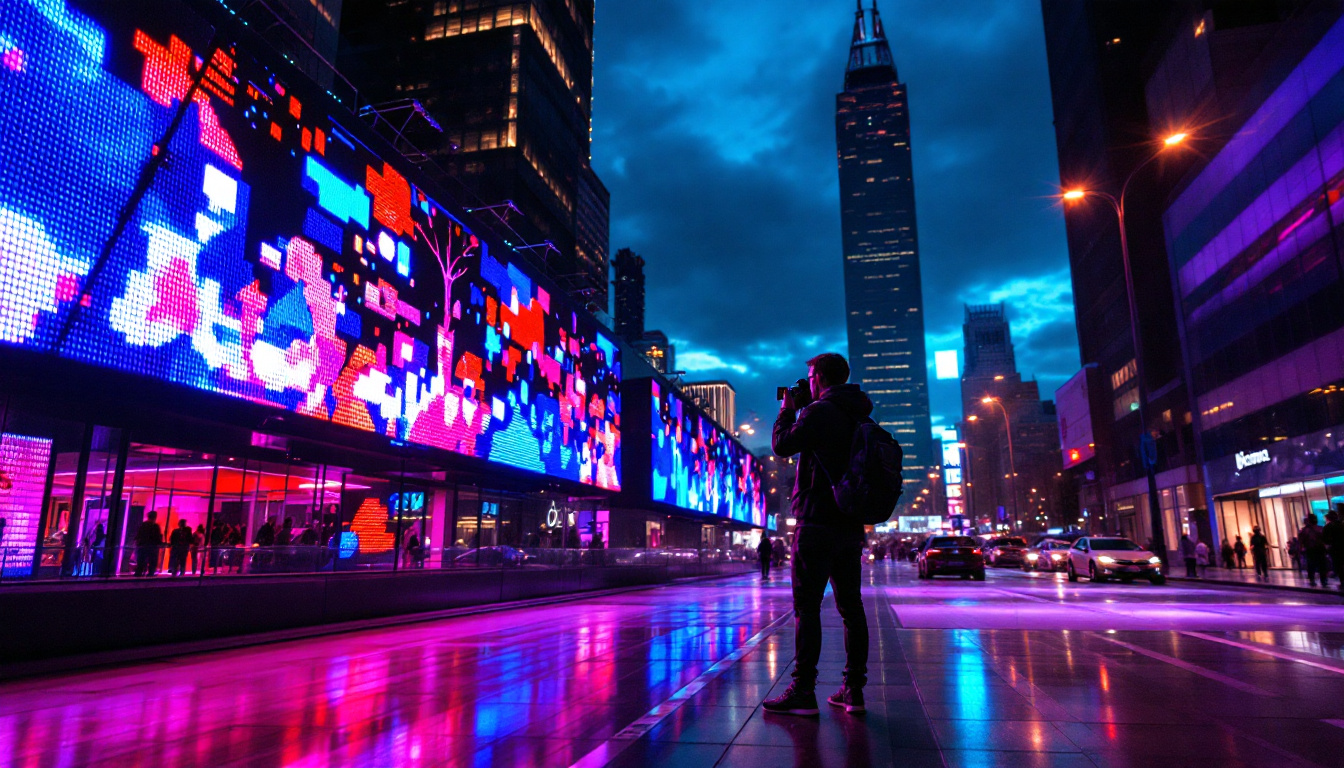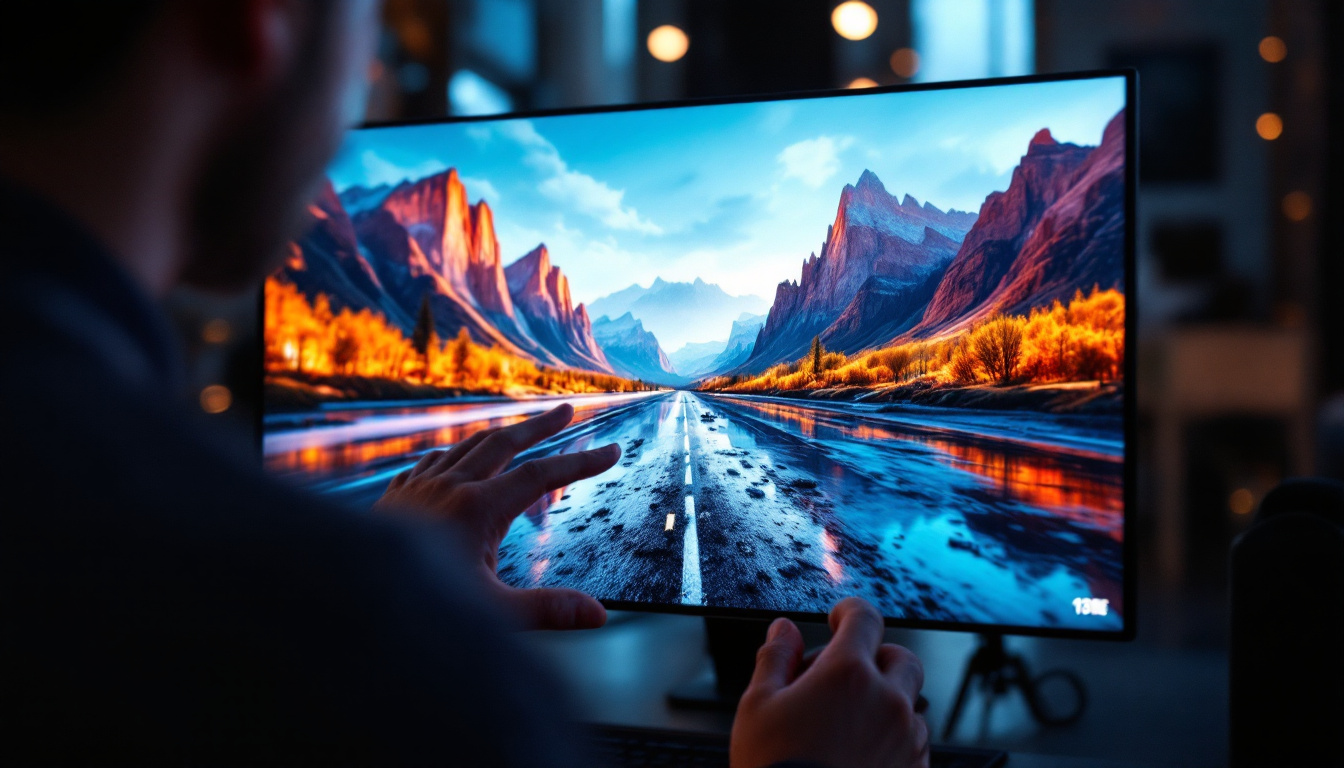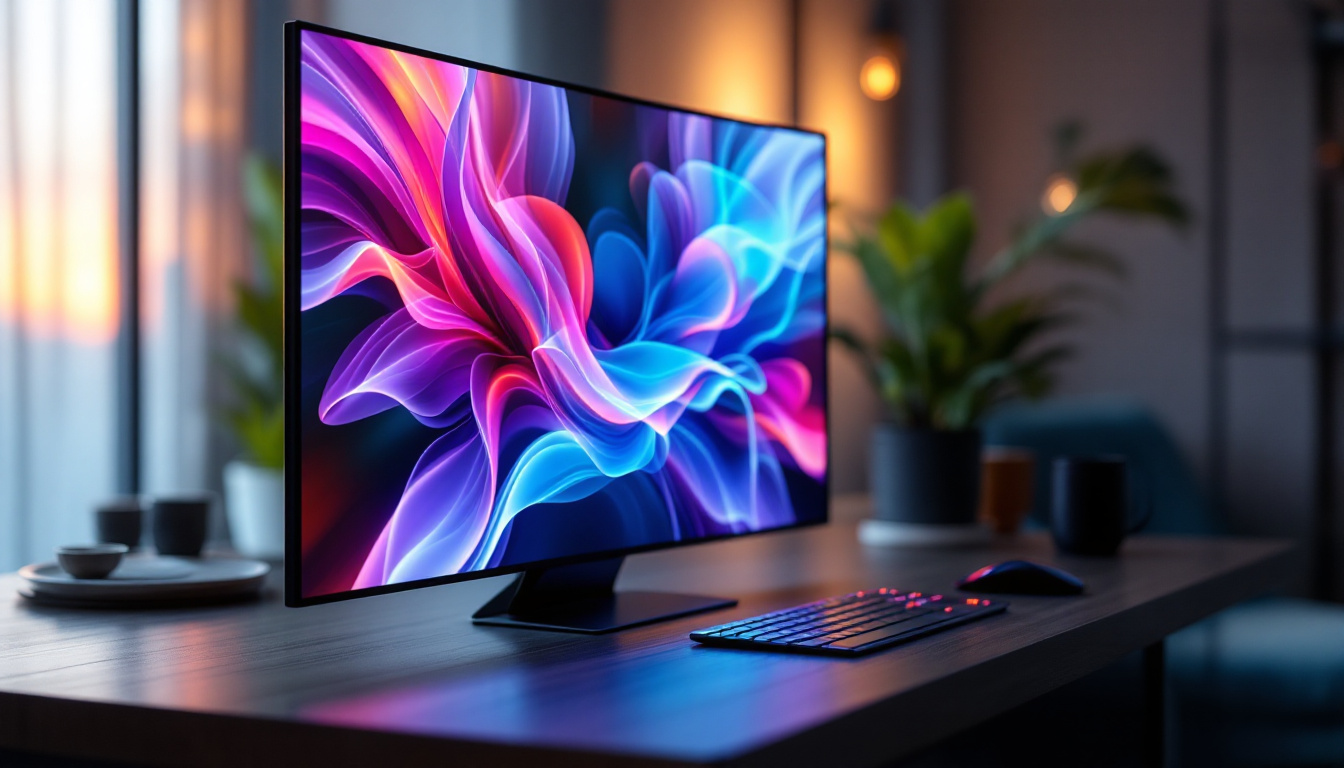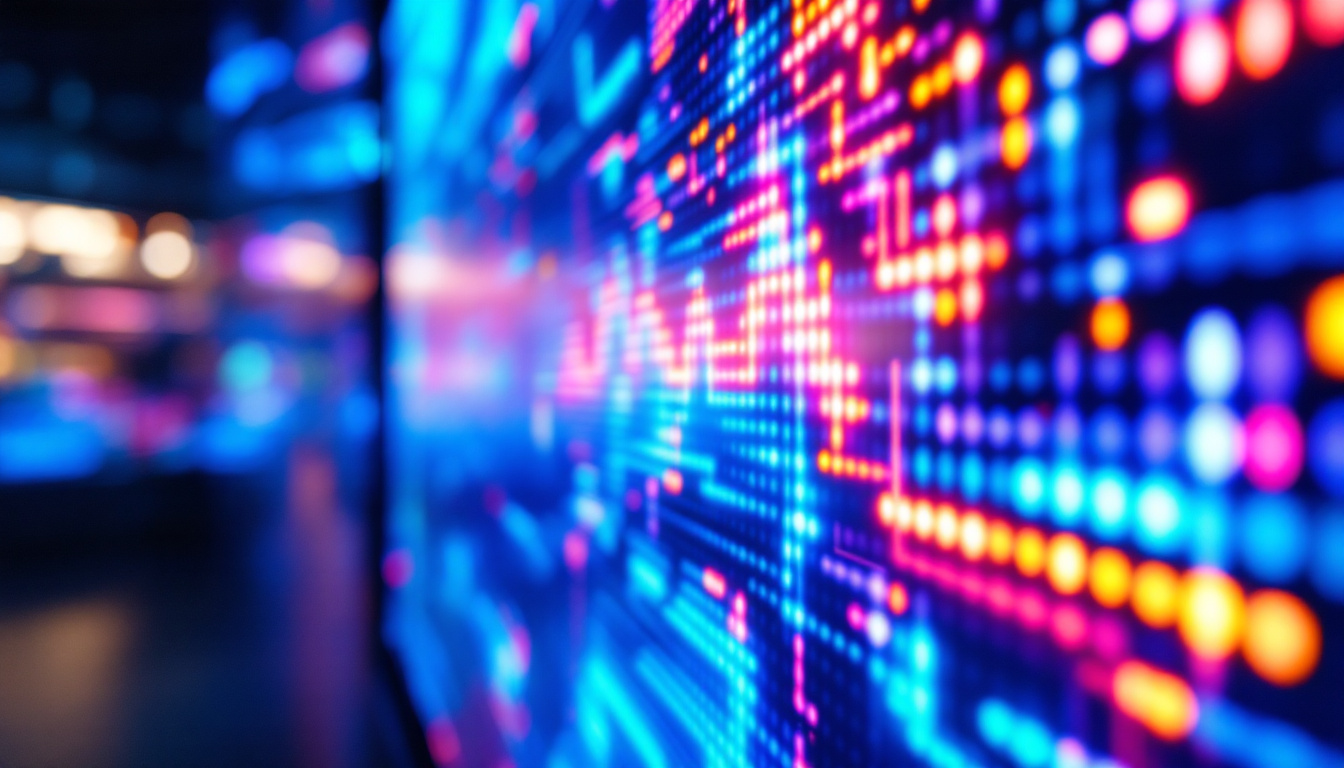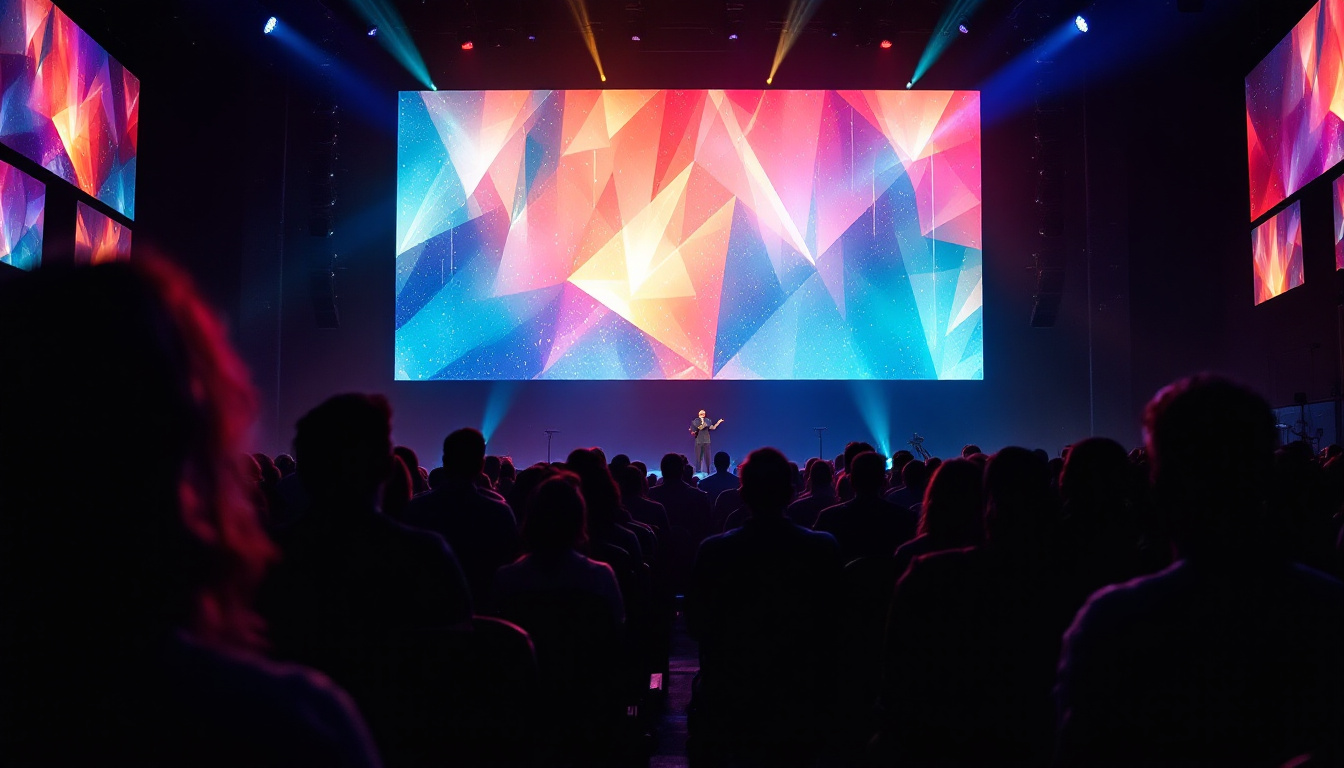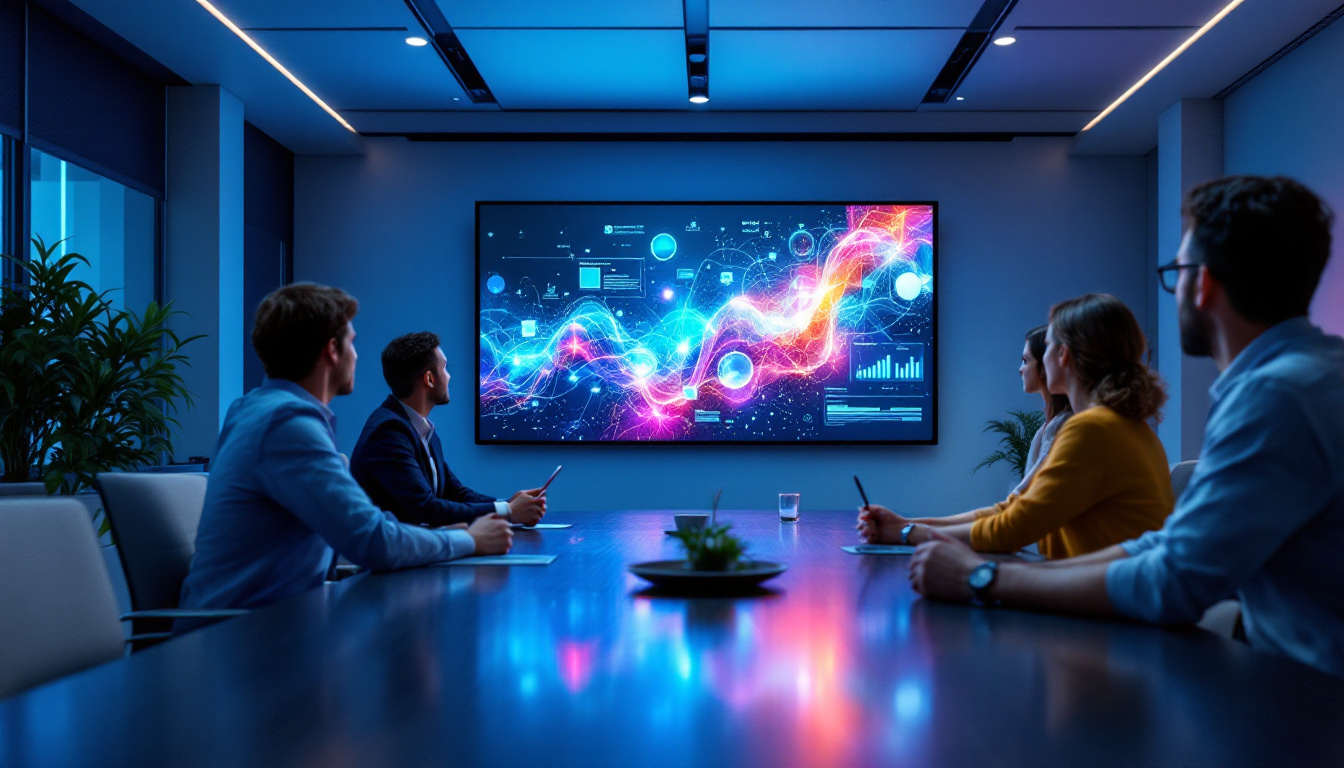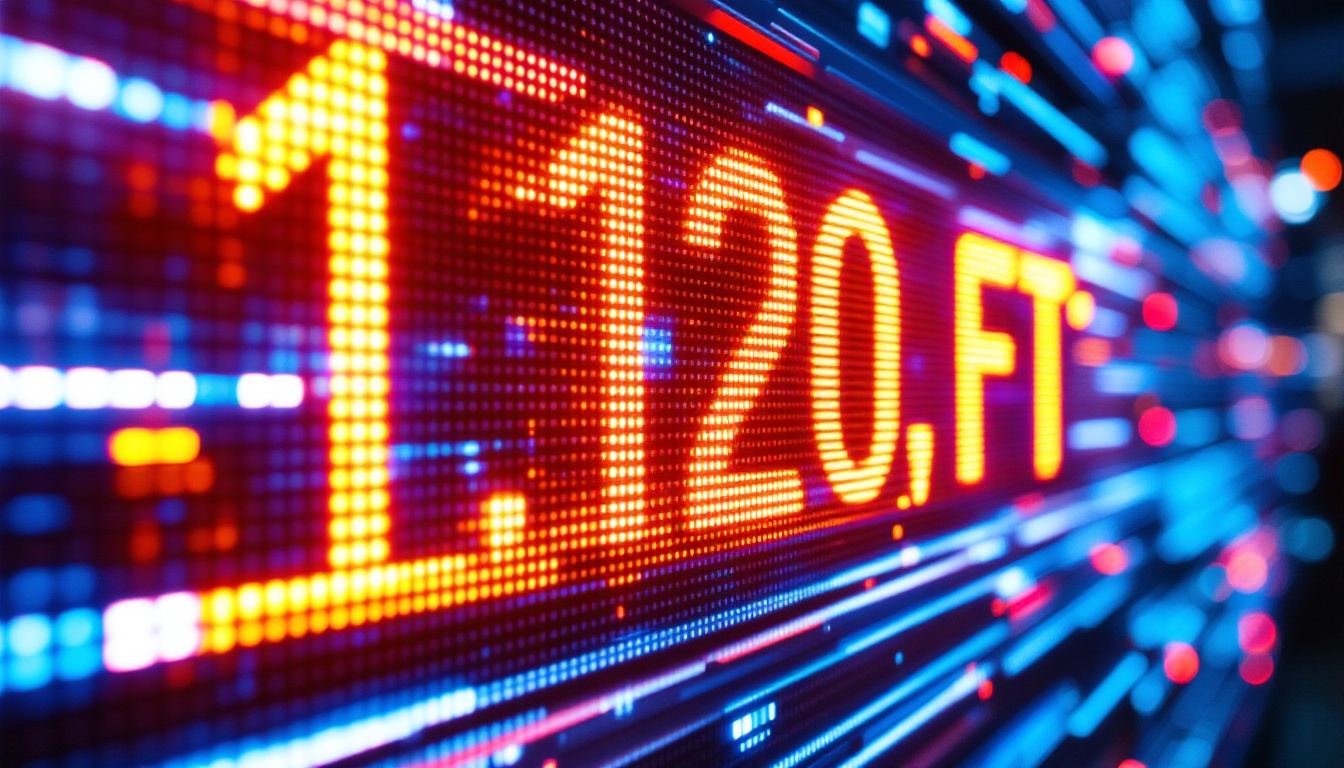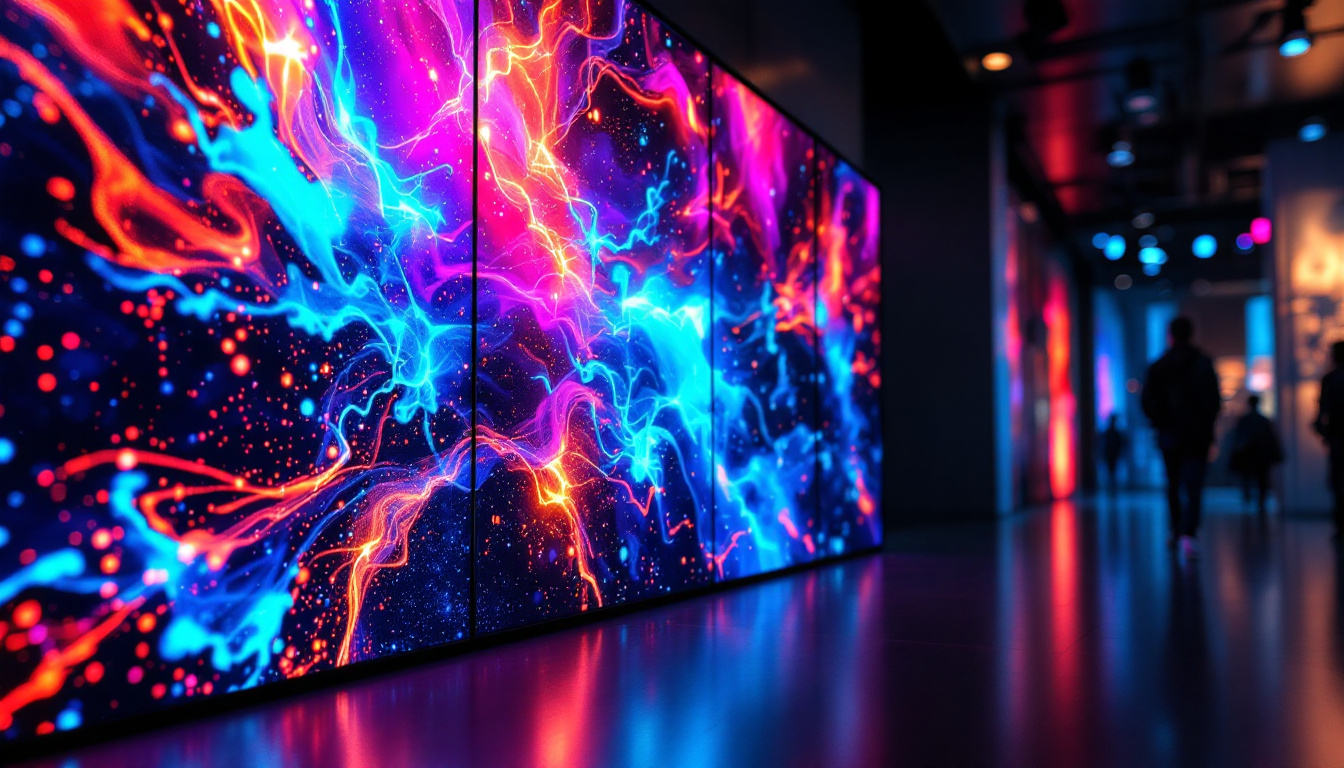LED displays have become an integral part of modern visual communication, utilized in everything from advertising to event displays. At the heart of these displays lies the LED control board, a crucial component that determines how the display operates and interacts with its content. This article delves into the intricacies of LED control boards, their functions, and their significance in the realm of LED displays.
Understanding LED Displays
Before diving into the specifics of LED control boards, it’s essential to understand what LED displays are and how they function. LED stands for Light Emitting Diode, a technology that has revolutionized the way visuals are presented.
What Are LED Displays?
LED displays are screens that use an array of light-emitting diodes to produce images, videos, and text. These displays can be found in various forms, including large outdoor billboards, indoor screens for events, and even smaller devices like televisions. The versatility and brightness of LED displays make them suitable for a wide range of applications.
One of the key advantages of LED displays is their energy efficiency. Compared to traditional display technologies, such as LCD or CRT, LED displays consume significantly less power while providing superior brightness and color accuracy.
Types of LED Displays
LED displays can be categorized into several types based on their application and technology. Some common types include:
- Direct View LED Displays: These displays use individual LED modules to create images. They are often used in large-scale outdoor advertising and events.
- LED Video Walls: Composed of multiple LED panels, video walls provide a larger viewing area and are commonly used in concerts, sports arenas, and public venues.
- LED Backlit Displays: These are traditional LCD screens that use LED technology for backlighting, enhancing brightness and contrast.
The Role of LED Control Boards
At the core of every LED display is the LED control board, which plays a pivotal role in managing the display’s performance and functionality. Understanding its components and operations is vital for anyone looking to delve deeper into LED technology.
What is an LED Control Board?
An LED control board is an electronic circuit board that manages the operation of an LED display. It receives input signals, processes them, and controls the individual LEDs to create the desired visual output. This board is responsible for tasks such as color management, brightness control, and image processing.
Typically, an LED control board consists of various components, including microcontrollers, power supply circuits, and communication interfaces. Each component plays a specific role in ensuring the smooth operation of the display.
Key Functions of LED Control Boards
LED control boards perform several critical functions that contribute to the overall performance of LED displays:
- Signal Processing: The control board processes incoming signals, whether they be video feeds, images, or text, converting them into a format that the LEDs can display.
- Brightness and Color Control: It adjusts the brightness levels and color outputs of the LEDs to ensure accurate representation of the content being displayed.
- Communication: The control board facilitates communication between the display and external devices, such as computers or media players, allowing for real-time updates and changes.
Components of an LED Control Board
Understanding the various components of an LED control board can provide insights into its functionality and performance. Each component plays a vital role in ensuring the display operates efficiently and effectively.
Microcontrollers
The microcontroller is the brain of the LED control board. It processes incoming data and executes commands to control the LEDs. Depending on the complexity of the display, different microcontrollers may be used, ranging from simple ones for basic displays to more advanced ones for high-resolution screens.
Microcontrollers also manage communication protocols, ensuring that the control board can receive and send data to and from external devices. This capability is essential for dynamic content updates and real-time adjustments.
Power Supply Circuits
Power supply circuits are critical for providing the necessary voltage and current to the LEDs. LED displays require a stable power source to function correctly, and the control board must regulate this power to prevent damage to the LEDs.
These circuits often include voltage regulators and protection mechanisms to ensure that the display operates within safe parameters. A reliable power supply is essential for maintaining the longevity and performance of an LED display.
Communication Interfaces
Communication interfaces enable the LED control board to connect with external devices, such as computers, media players, or network systems. Common communication protocols include HDMI, DVI, and Ethernet, allowing for seamless data transfer.
The choice of communication interface can significantly impact the flexibility and functionality of the LED display. Advanced interfaces enable higher resolutions and faster refresh rates, enhancing the overall viewing experience.
Types of LED Control Boards
LED control boards come in various types, each designed for specific applications and display technologies. Understanding these types can help in selecting the right board for a particular use case.
Static Control Boards
Static control boards are typically used for simple LED displays that show fixed content, such as text or images. These boards are less complex and are often more affordable, making them suitable for basic signage and displays.
Static control boards are easy to program and operate, allowing users to upload content via USB or other simple methods. However, their functionality is limited compared to more advanced boards.
Dynamic Control Boards
Dynamic control boards are designed for more complex LED displays that require real-time content updates, such as video walls or interactive displays. These boards support advanced features like animation, video playback, and live data feeds.
Dynamic control boards often come with advanced software that allows users to create and manage content easily. They are essential for applications where content needs to change frequently, such as in advertising or event displays.
Wireless Control Boards
Wireless control boards offer the advantage of remote management and operation. These boards can connect to a wireless network, allowing users to update content from anywhere without the need for physical connections.
Wireless control boards are particularly useful for outdoor displays or installations in hard-to-reach locations. They provide flexibility and convenience, enabling quick updates and changes to content as needed.
Choosing the Right LED Control Board
When selecting an LED control board, several factors need to be considered to ensure optimal performance and compatibility with the display. Each application may require different specifications and features.
Display Type and Size
The type and size of the LED display are crucial in determining the appropriate control board. Larger displays with higher resolutions often require more advanced control boards capable of handling increased data loads and processing speeds.
It is essential to match the control board’s capabilities with the display’s specifications to ensure seamless operation and high-quality output.
Content Requirements
The type of content that will be displayed also influences the choice of control board. For static content, a basic control board may suffice, while dynamic content, such as videos or animations, necessitates a more advanced board with higher processing capabilities.
Understanding the content requirements helps in selecting a control board that can effectively manage and display the intended visuals without lag or quality loss.
Budget Considerations
Budget is often a significant factor in the decision-making process. While advanced control boards offer enhanced features and capabilities, they can also come at a higher cost. It is essential to balance the desired functionality with budget constraints to find a suitable solution.
Investing in a quality control board can lead to better performance and longevity of the LED display, making it a worthwhile consideration in the long run.
Future Trends in LED Control Technology
The field of LED control technology is continually evolving, with advancements that promise to enhance the performance and capabilities of LED displays. Keeping an eye on emerging trends can provide insights into the future of this technology.
Integration with Smart Technologies
As smart technologies become more prevalent, the integration of LED control boards with IoT (Internet of Things) systems is on the rise. This integration allows for remote monitoring and management of displays, enabling real-time updates and diagnostics.
Smart LED displays can adapt to their environment, adjusting brightness based on ambient light conditions or displaying content based on audience demographics, enhancing user engagement.
Advancements in Processing Power
With the continuous improvement in microcontroller technology, LED control boards are becoming more powerful and efficient. Enhanced processing capabilities enable better handling of high-resolution content and faster refresh rates, resulting in smoother visuals.
These advancements open the door to more complex applications, such as augmented reality and interactive displays, further expanding the potential uses of LED technology.
Increased Customization and Flexibility
Future LED control boards are likely to offer greater customization options, allowing users to tailor their displays to specific needs. This flexibility can include customizable software interfaces, modular designs, and compatibility with various content management systems.
As the demand for unique and engaging visual experiences grows, the ability to customize LED displays will become increasingly important, driving innovation in control board technology.
Conclusion
The LED control board is a fundamental component of LED displays, playing a crucial role in their operation and functionality. Understanding its components, functions, and the various types available can help in making informed decisions when selecting or working with LED technology.
As technology continues to evolve, the future of LED control boards looks promising, with advancements that will enhance performance, integration, and customization. Whether for advertising, events, or information dissemination, the potential of LED displays, driven by innovative control technologies, is vast and exciting.
Discover LumenMatrix’s Innovative LED Solutions
Ready to elevate your visual communication with cutting-edge LED technology? Explore LumenMatrix’s comprehensive range of LED display solutions, from vibrant Indoor and Outdoor LED Wall Displays to dynamic Vehicle and Sports LED Displays. With options like LED Poster Displays, Floor LED Displays, and even Custom and All-in-One LED solutions, LumenMatrix is committed to revolutionizing your brand’s presence. Experience the clarity and impact of LED Transparent Displays and more. Check out LumenMatrix LED Display Solutions today and transform your message into an unforgettable visual experience.

